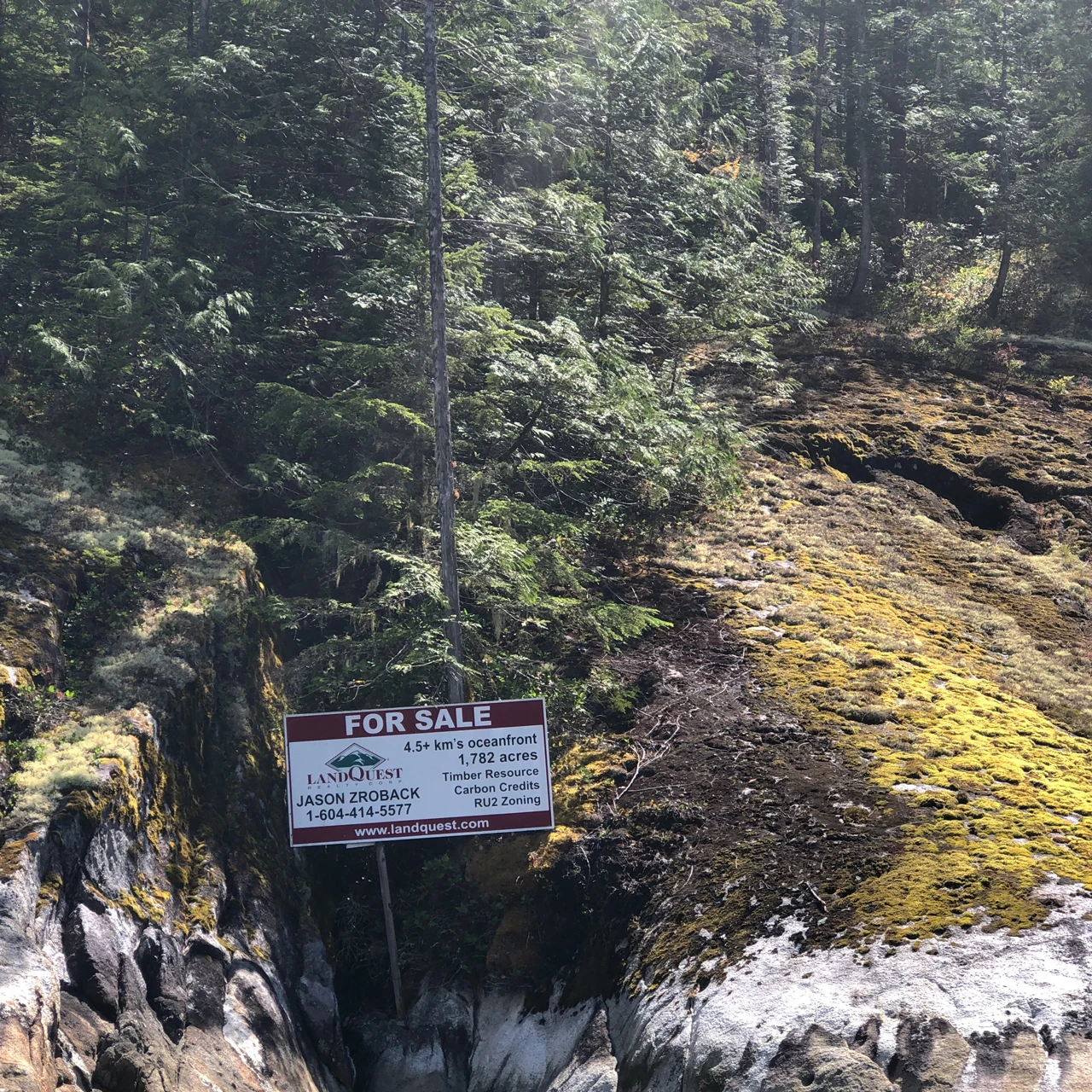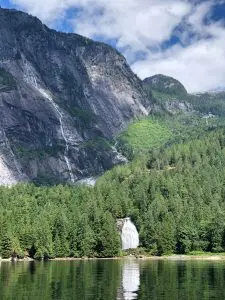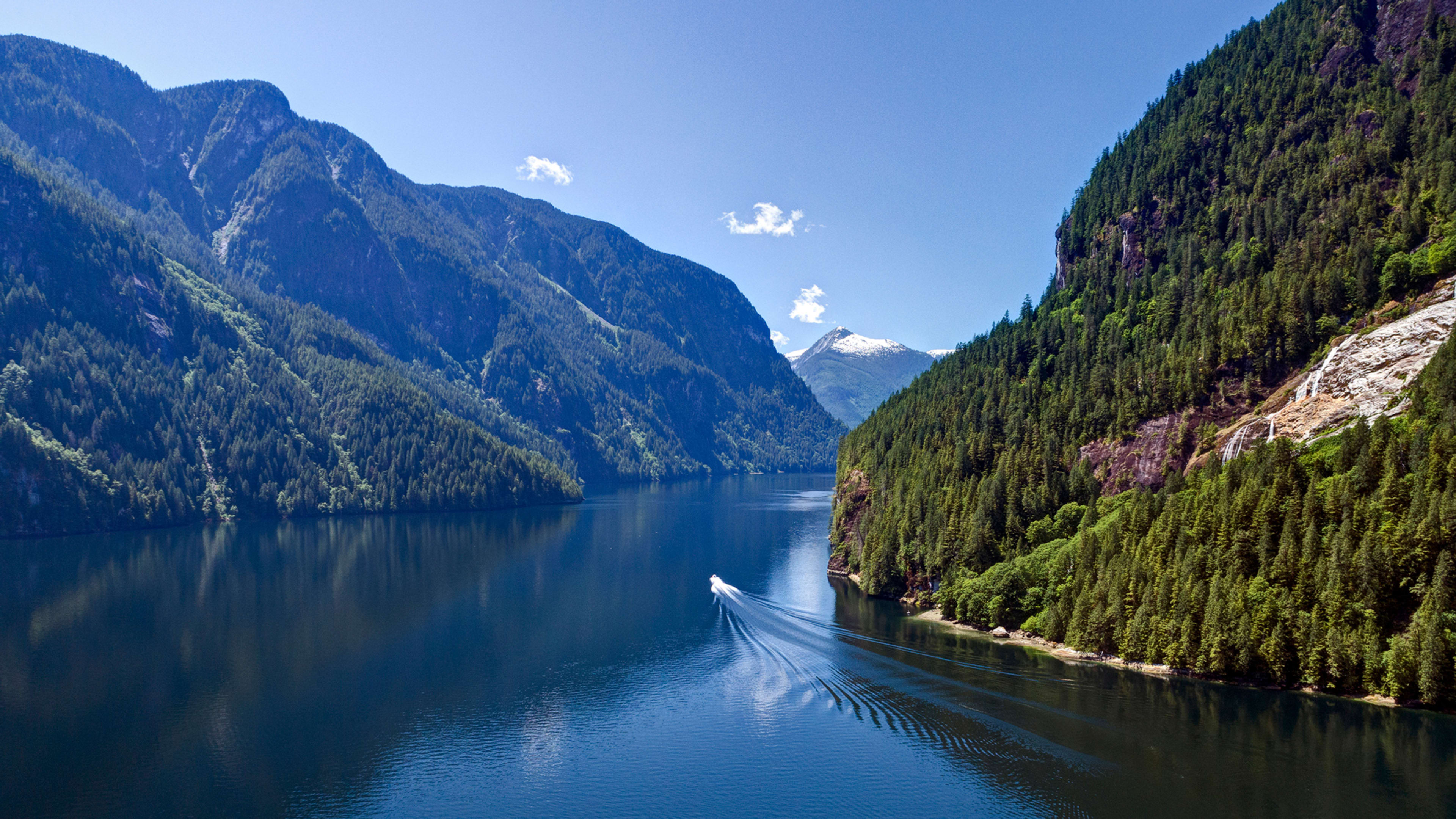When a stretch of remote wilderness on the coast of British Columbia recently went up for sale, a local nonprofit wanted to save it from logging but didn’t have the cash to buy it. They negotiated a purchase price with the owners anyway—and then launched a crowdfunding campaign that successfully raised the $3 million needed to acquire the land.

“We knew that there had been interest and offers from forestry companies,” says Andrew Day, CEO of the BC Parks Foundation, which raised the money to purchase nearly 2,000 acres of forest on three adjacent parcels in the Princess Louisa Inlet, a fjord around 60 miles from Vancouver. “We were very familiar with the beauty of the inlet and these properties in particular, and felt that it was really important to try to step in and see what we could do. We were very lucky and appreciative the vendors gave us an exclusive purchase and sale agreement until the end of August. That gave us three months to try to pull off the impossible.”

The organization “had zero dollars” for the project, Day says. But the public was motivated to save the area, and small donations started pouring in. The final piece of the funding arrived just before the seller’s deadline on August 28. The foundation will now work with the local government and the indigenous Sechelt Nation to connect the land with adjacent parks and conservation areas; the new property won’t focus on recreation but will provide habitat for animals like grizzly bears and mountain goats, and, like other forests, it will play a role in fighting climate change.

Recognize your brand’s excellence by applying to this year’s Brands That Matter Awards before the early-rate deadline, May 3.
